
As part of their anti-religion campaign, the Bolsheviks closed, destroyed or dismantled (for the bricks) tens of thousands of churches. If before the Revolution of 1917 Russia had 54,000 churches and over 1,000 monasteries, by the beginning of Gorbachev’s perestroika in the 1980s their number had decreased to 6,893 and 15, respectively.
The churches that survived the zealous Bolshevik persecution of the 1920s were closed and used for a variety of purposes. Many were rebuilt as ‘houses of culture’ or clubs for pioneers; some monasteries were turned into gulag prisons.
Many churches that survived were adapted for economic needs: for example, used as storage facilities by factories, which might have kept grain, flour or sugar in them
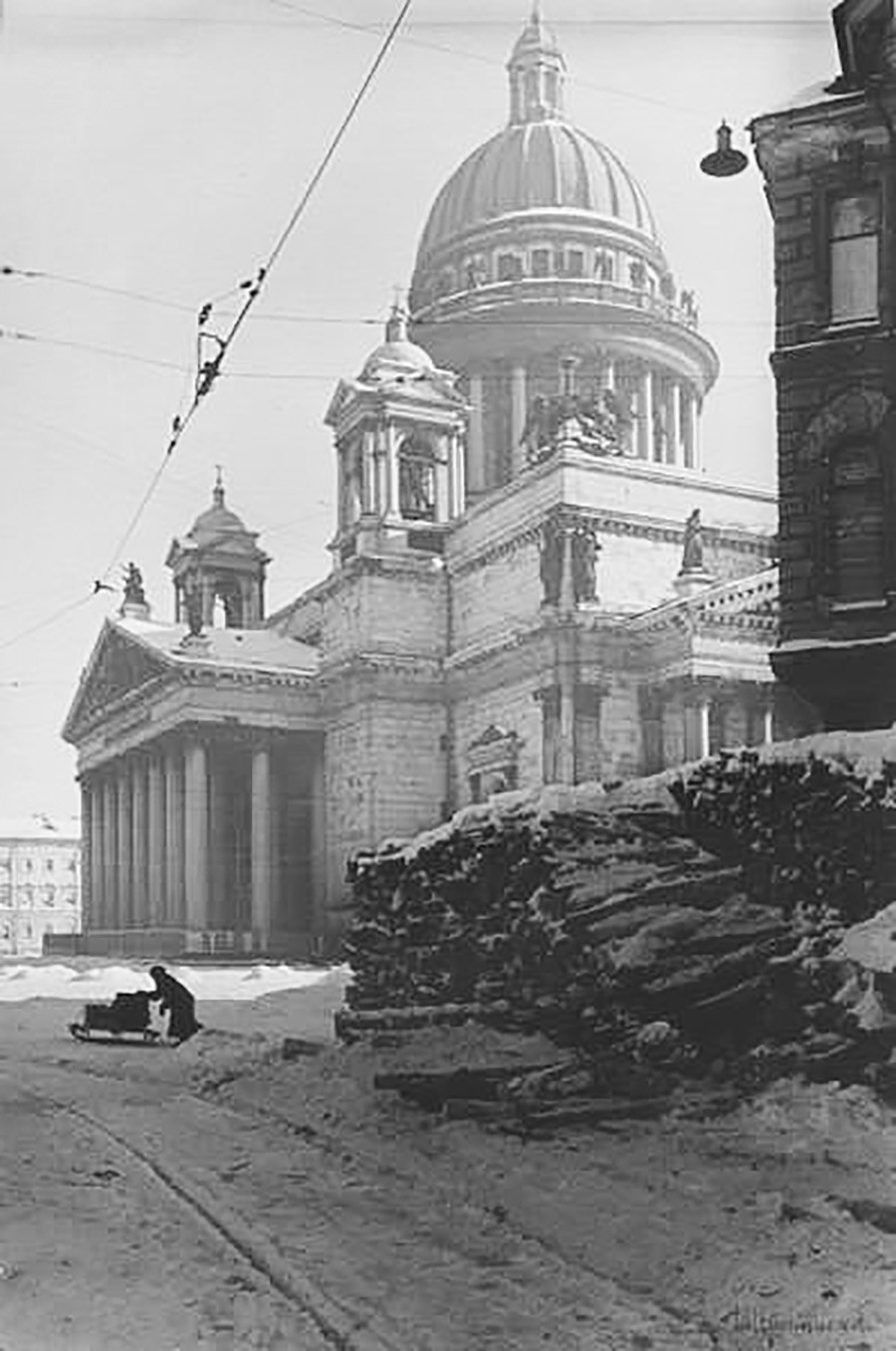
St. Isaac's Cathedral
Sergei Shimansky/MAMM/MDF/russiainphoto
Church of the Savior on Spilled Blood
Public domain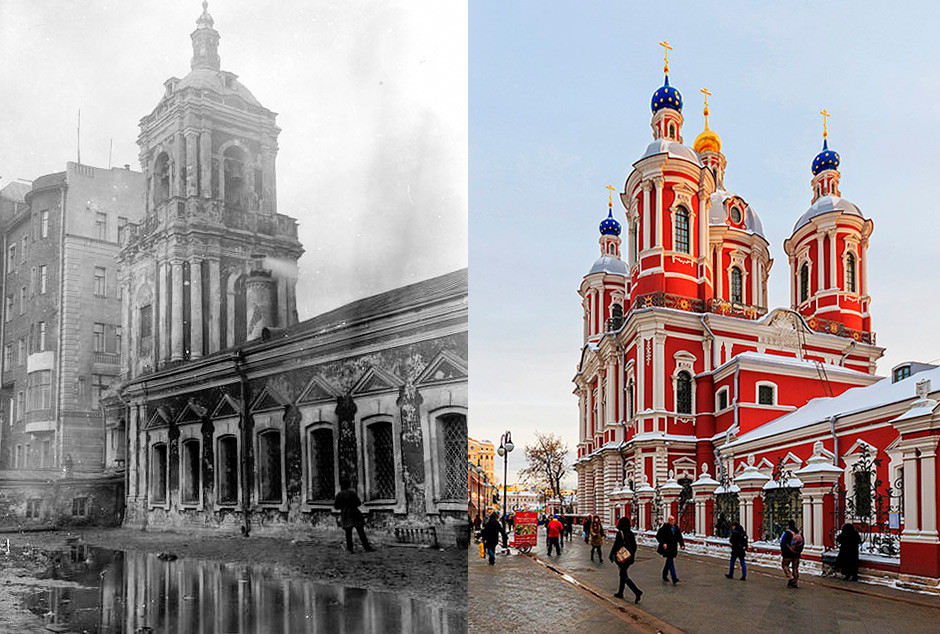
St. Clement's Church
Public domain; A.Savin/Wikipedia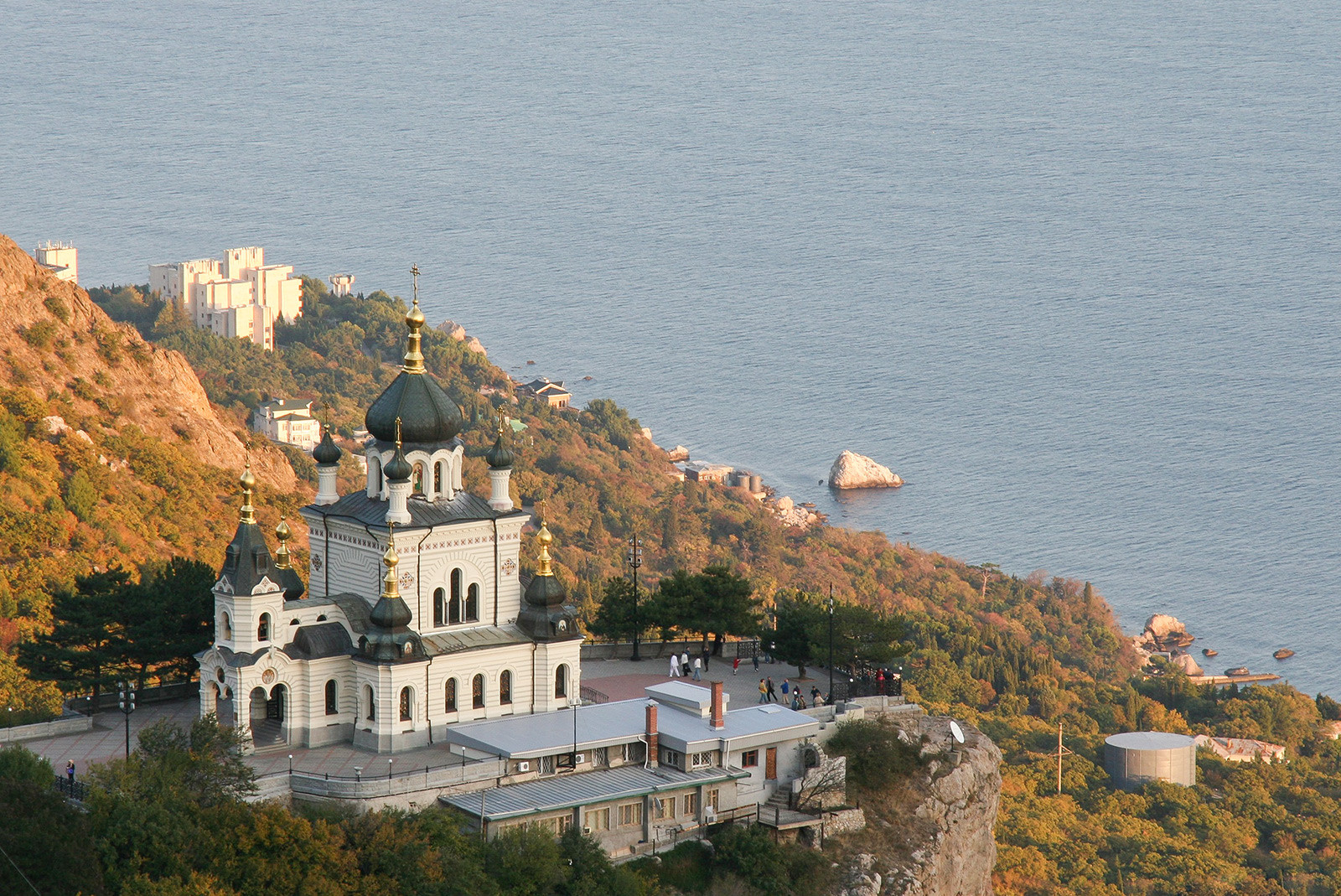
Church of the Resurrection in Foros, Crimea
Server Amzayev/Global Look Press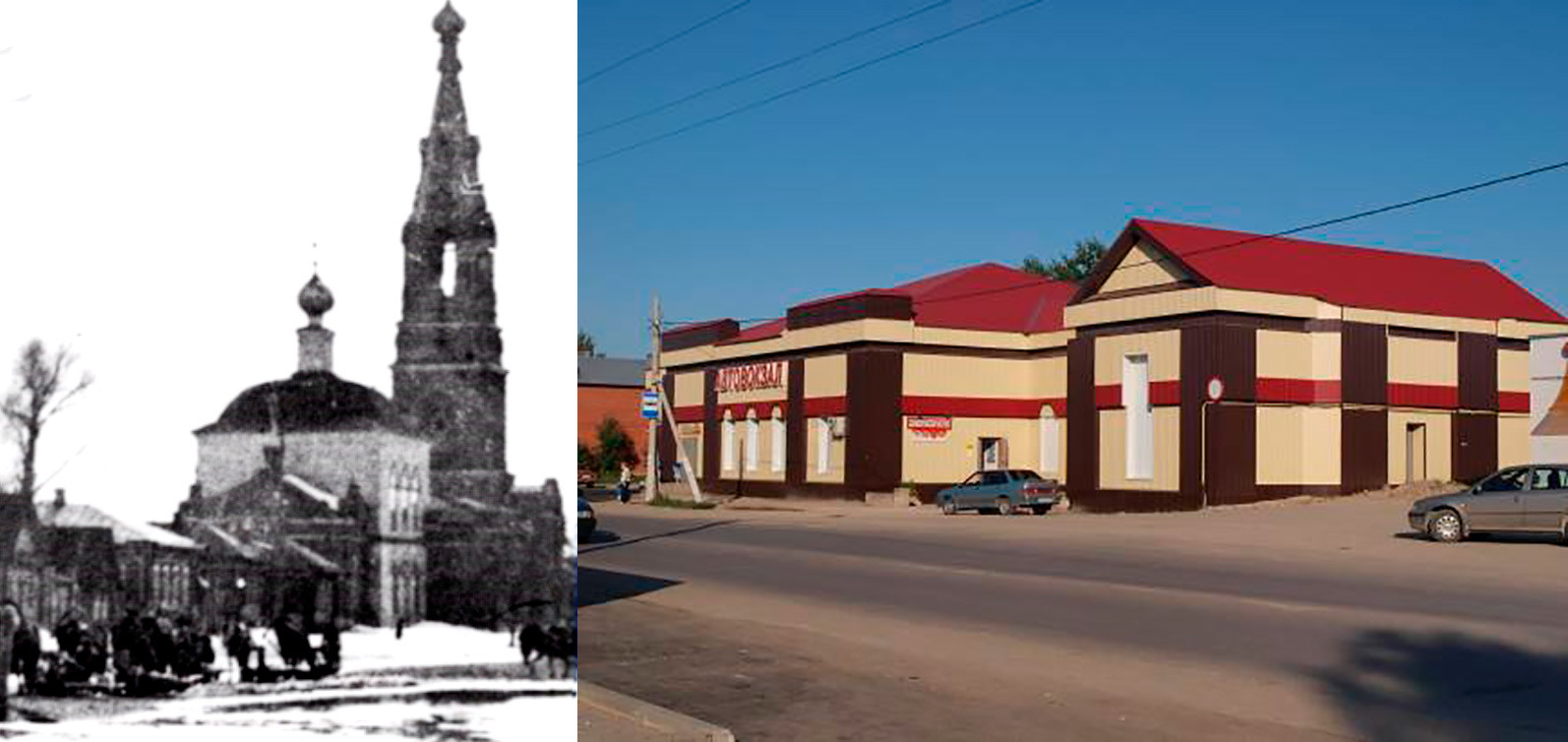
Church of the Resurrection of Christ and Michael the Archangel in the town of Kasimov
Public domain; Kasimov/Wikipedia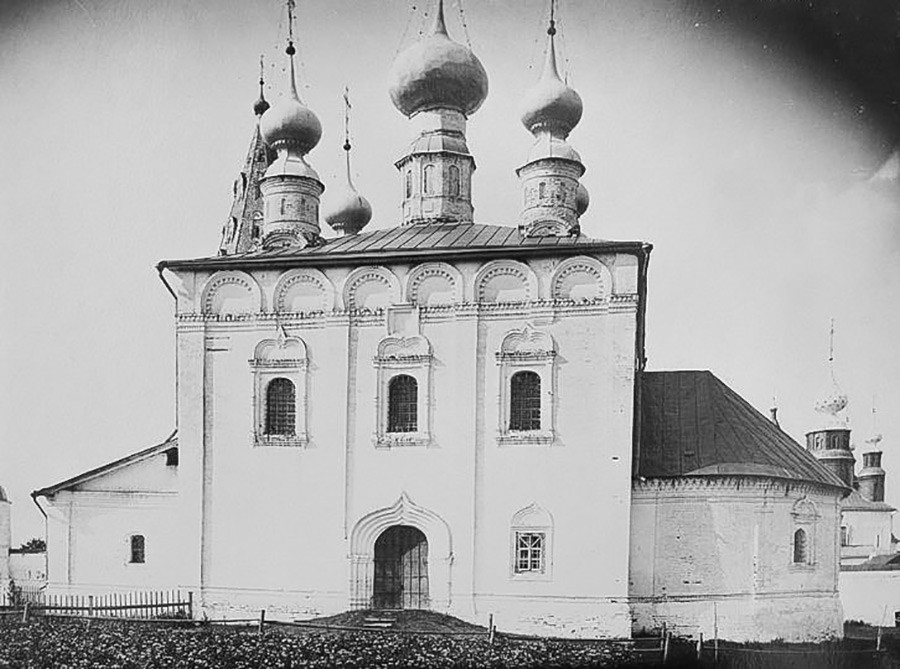
Church of Saints Peter and Paul in Suzdal
Public domain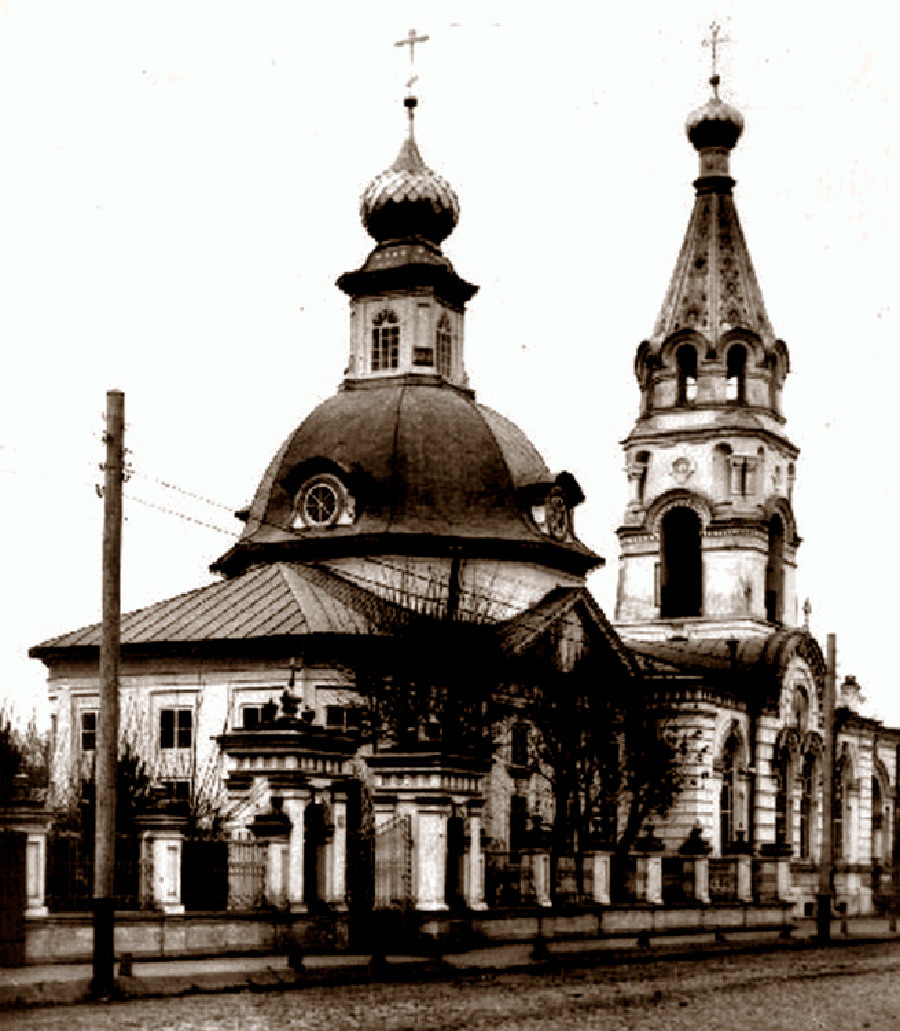
Church of the Annunciation in Kostroma
Public domain
Church of the Holy Martyrs Boris and Gleb in Degunino
A.Savin/WikipediaIn 1941 the Moscow Church of the Holy Martyrs Boris and Gleb in Degunino was converted into an outpatients clinic. In the 1960s the church housed the workshops of a textile factory, and during
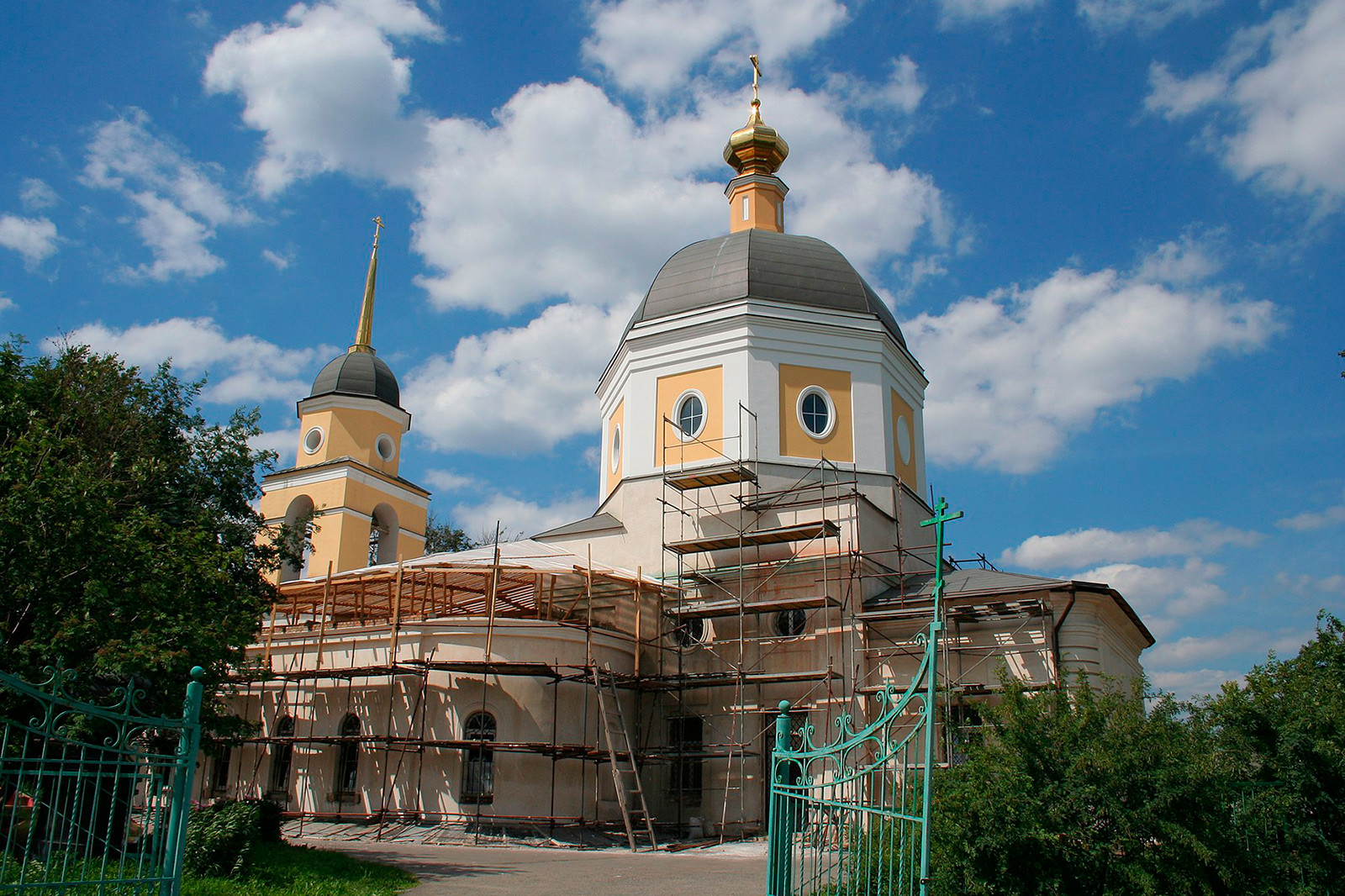
Church of the Nativity in Cherkizovo
A.Savin/Wikipedia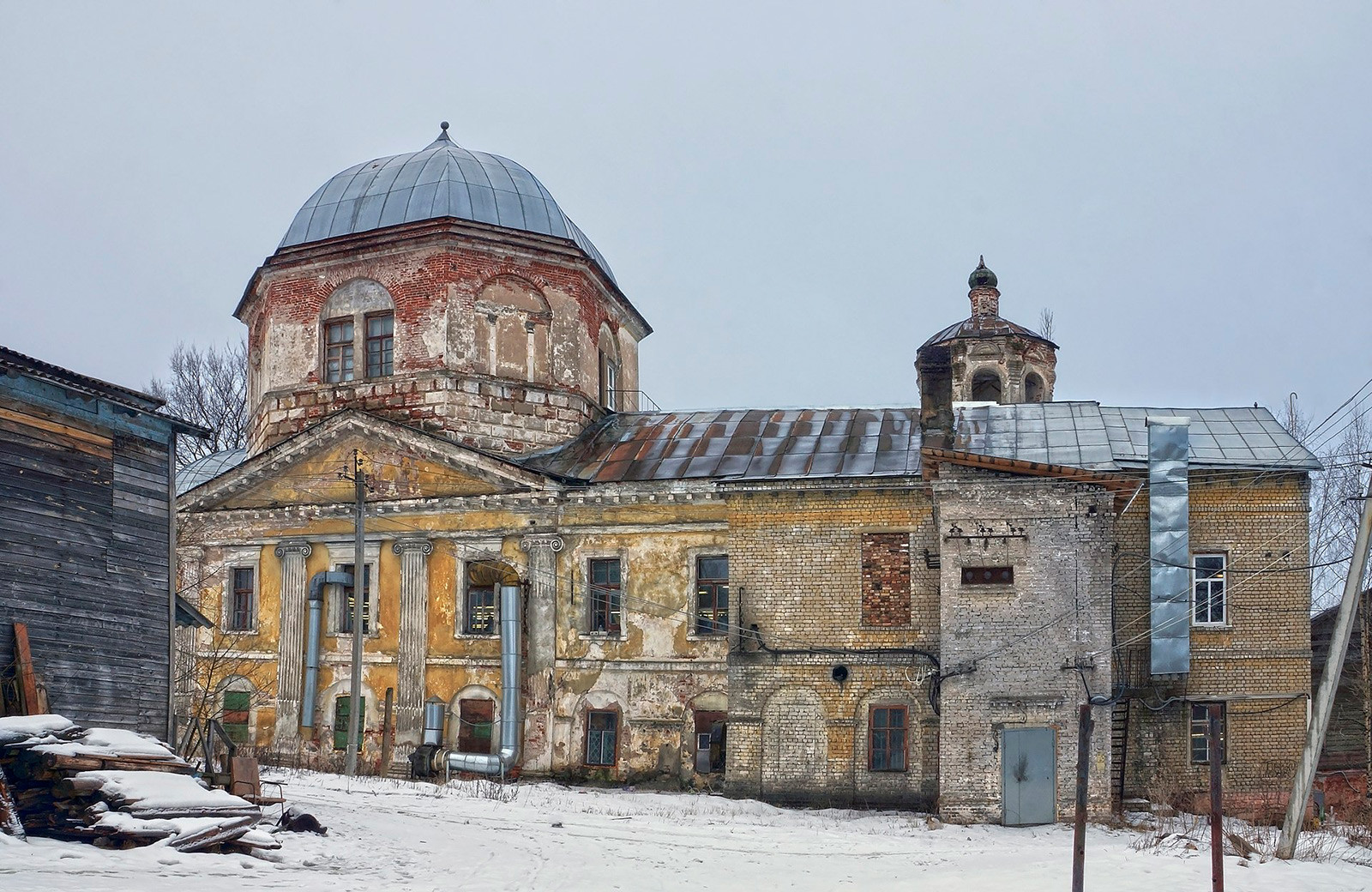
Resurrection Monastery in Torzhok
Anatoly Maksimov/Wikipedia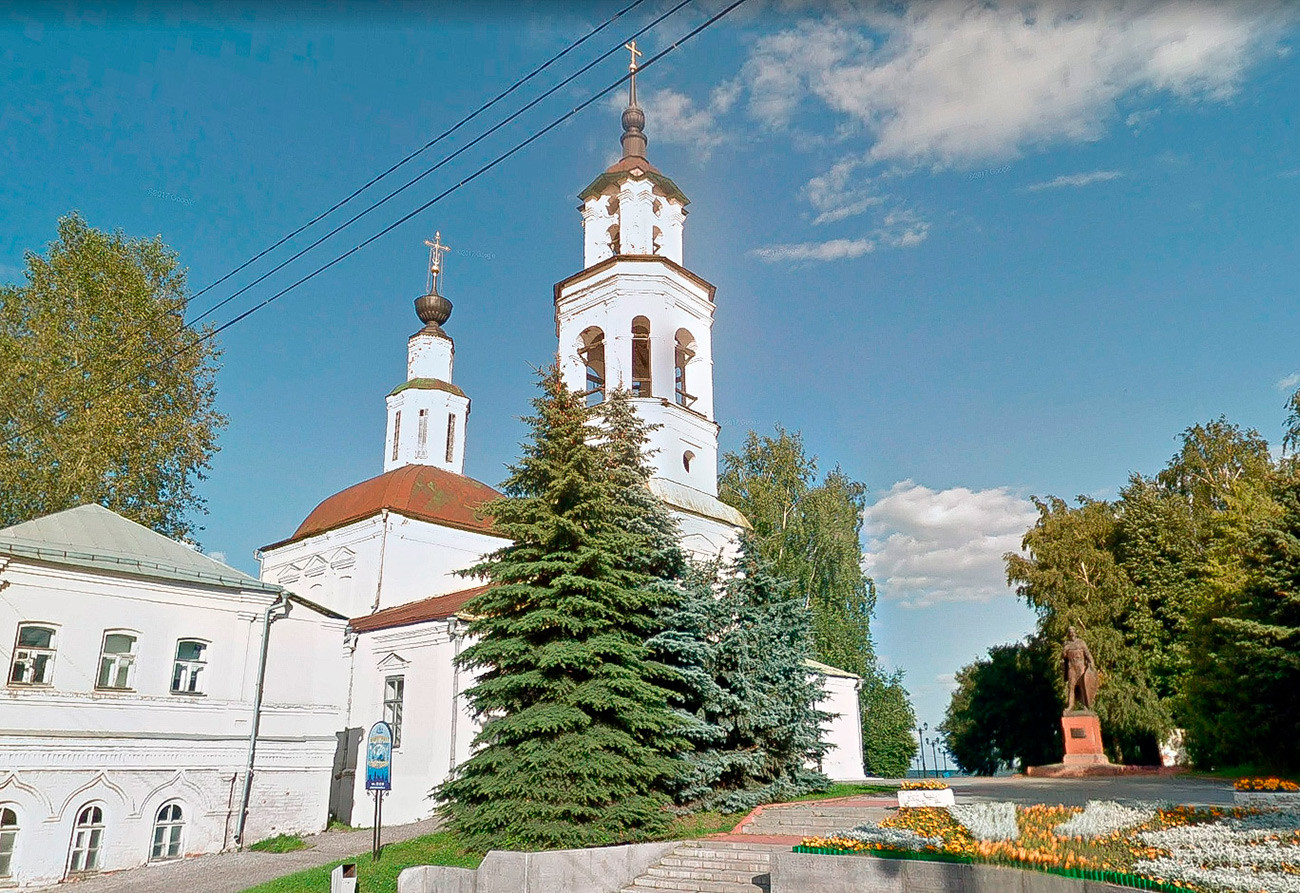
Church of St Nicholas at the Kremlin in Vladimir
Google mapsArguably, the Church of St Nicholas at the Kremlin in Vladimir was used in one of the most unusual capacities. In 1962 a planetarium was opened in the church, for which purpose a special plastic dome was built. Despite plans of the local authorities to transfer the planetarium to another building, it still remains inside the church. Today, it remains an important educational establishment, with astronomy classes, lectures
Still, many Communists were aware of the cultural and historical significance of the most renowned churches, which were spared and turned into museums. The state took these buildings under its protection and had them restored. These state-protected churches that have survived to the present day are often better preserved than churches that were always looked after by the Russian Orthodox Church
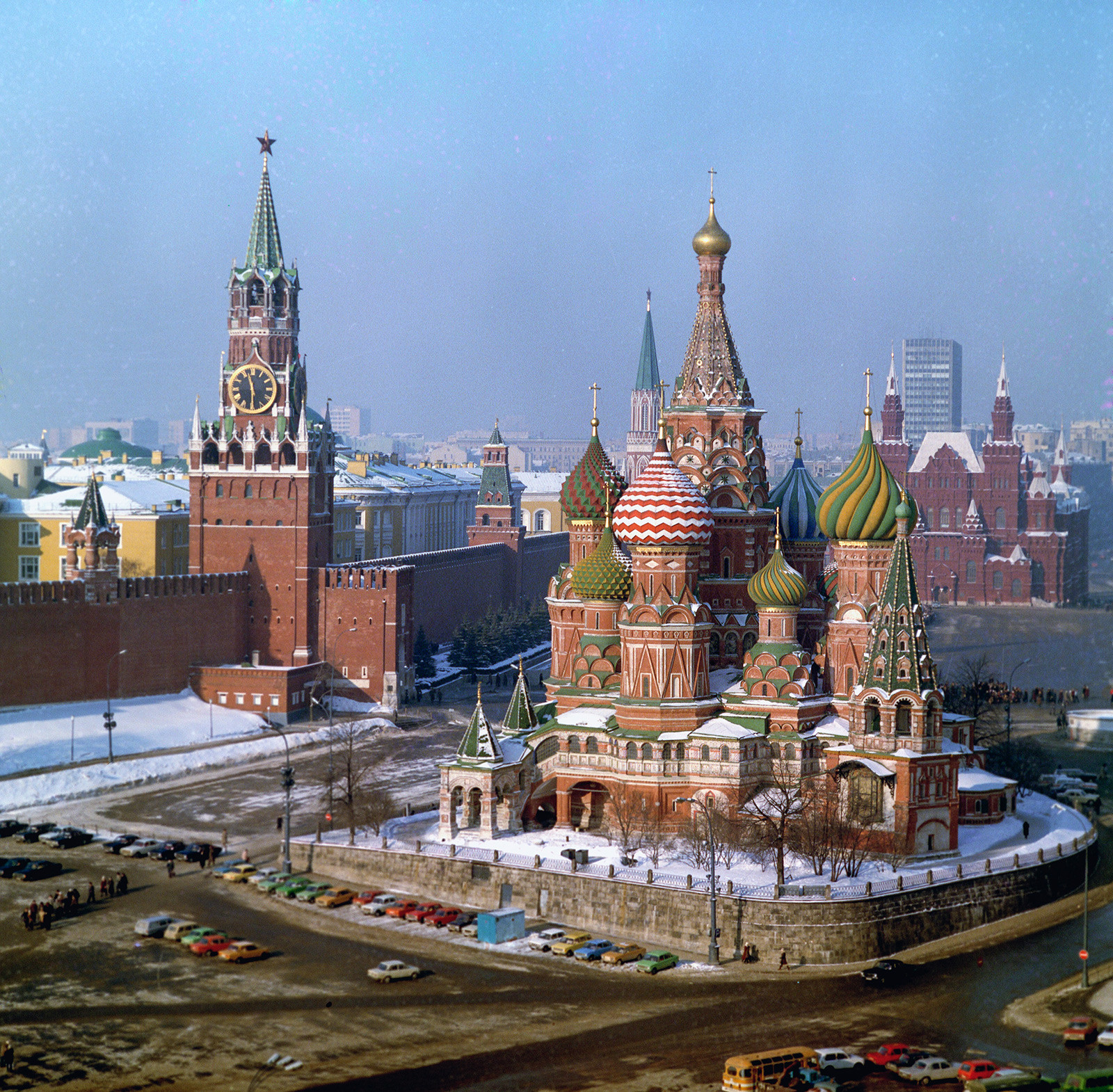
St. Basil's Cathedral in Moscow
Alexander Polyakov/Sputnik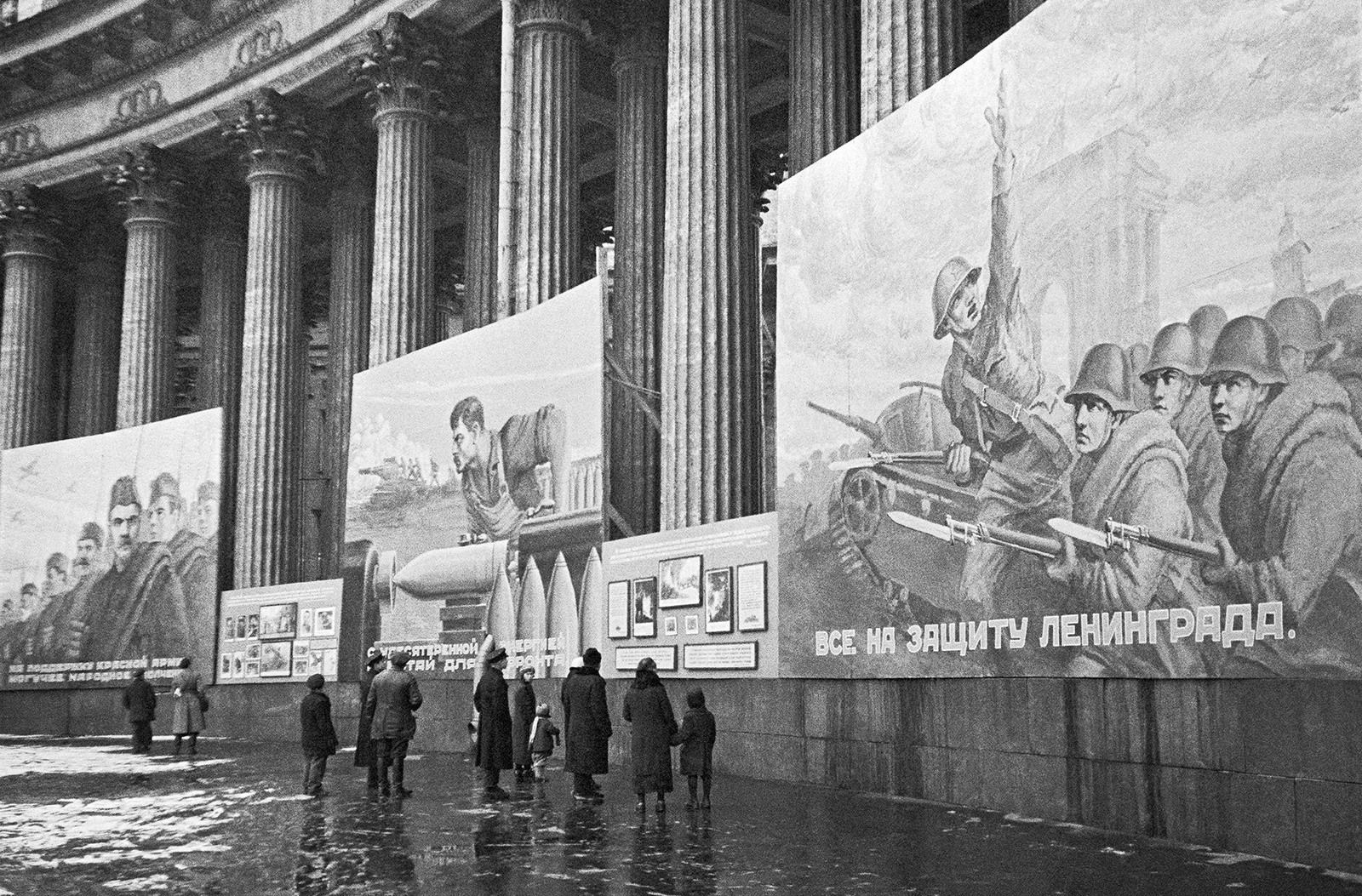
Kazan Cathedral in St. Petersburg
Anatoliy Garanin/SputnikPrisoners (mainly political ones) were kept in many big monasteries even before the Revolution. This was often because of their remote locations, their impregnable fortifications and their thick walls in whose vaults the cells were located. The Soviet authorities also took advantage of the “facilities” offered by monasteries for use as prisons and prison camps. Bunk beds were installed in the monastic buildings and sanctuaries, and prisoners were incarcerated by the thousands.
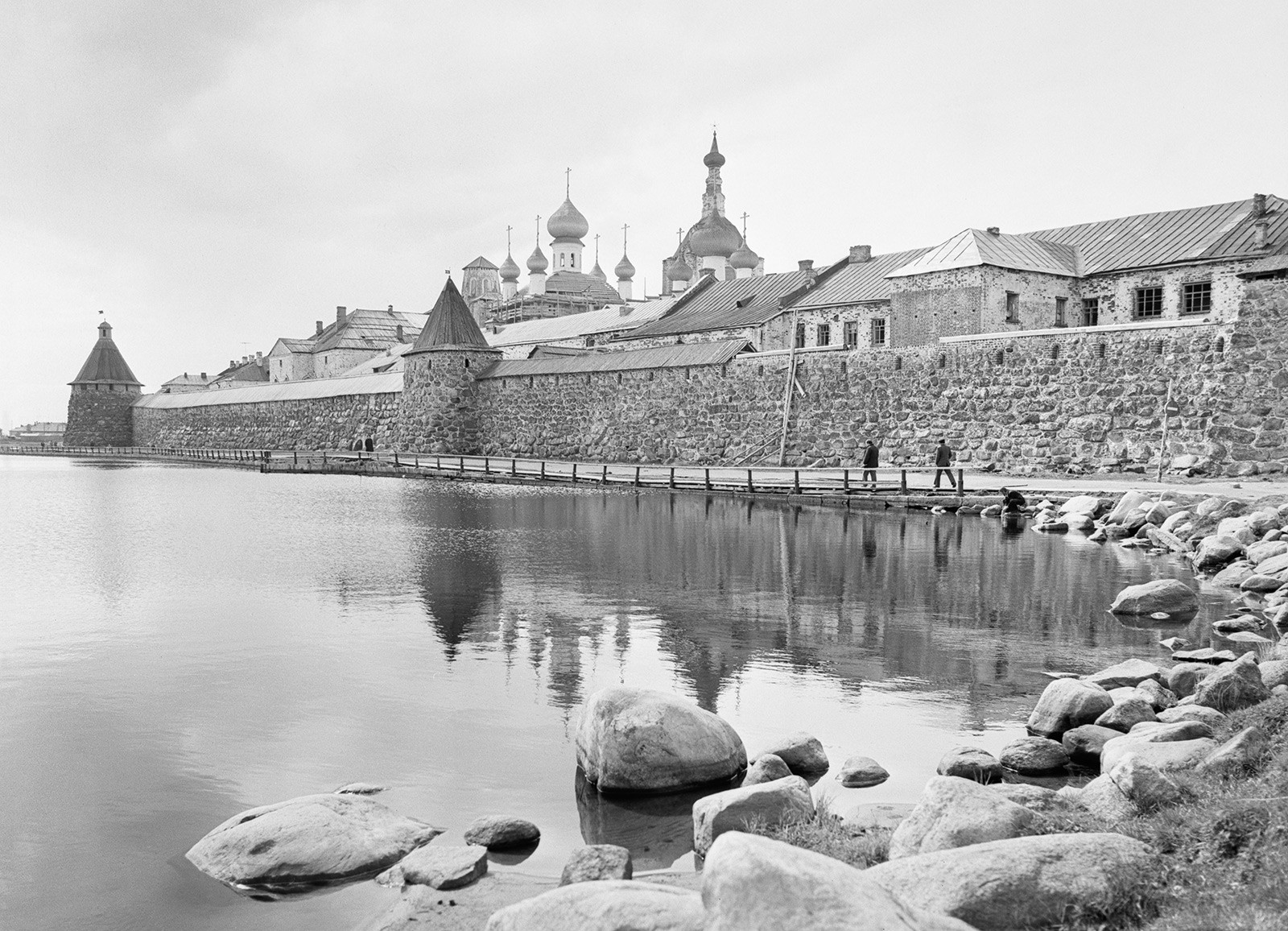
Solovetsky monastery
S.Gubsky/TASSThe best-known example of a prison monastery is Solovetsky Monastery. A total of 500 prisoners were kept on the Solovetsky Islands from the time of Ivan the Terrible until the end of the 19th century, but about 200,000 people were incarcerated in the USSR’s Solovetsky prison camp.

Novospassky Monastery in Moscow
Klepikov/TASSApart from the Solovetsky Monastery, other monasteries were used as prison camps - for example, these two in Moscow. Novospassky Monastery [New Monastery of the Saviour] housed the economic department of the NKVD [precursor of the KGB] and a correctional home for women.
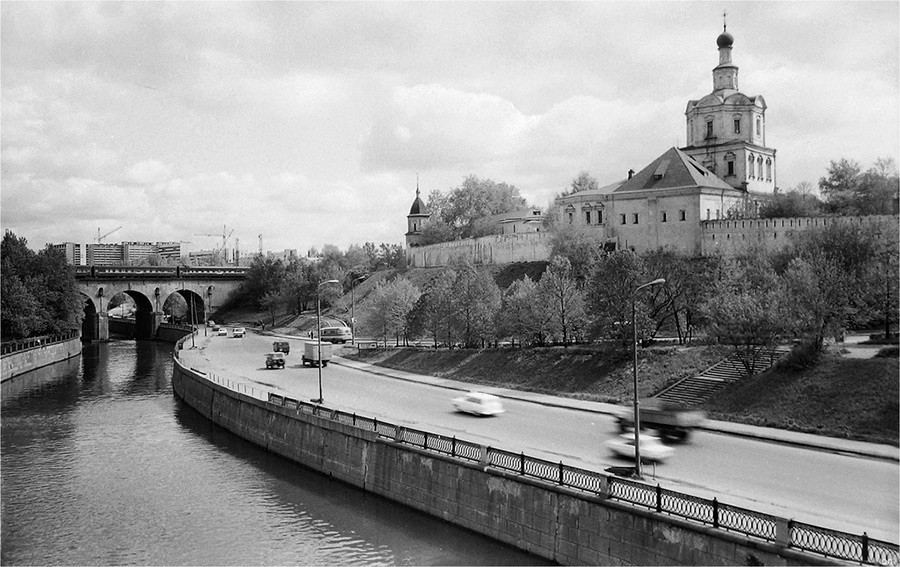
Andronikov Monastery of the Saviour in Moscow
Oleg Linev/MAMM/MDF/russiainphotoAlso, Andronikov Monastery of the Saviour became a detention center for street children and a department of the People's Commissariat of Defense.
Read more: 10 of Russia’s most beautiful churches
If using any of Russia Beyond's content, partly or in full, always provide an active hyperlink to the original material.
Subscribe
to our newsletter!
Get the week's best stories straight to your inbox